Over the years in Montreal, I have been to my fair share of cafés without giving much thought into the process behind brewing a flavourful cup of coffee. The water temperature, the type of bean, how corse the beans are ground, the type of brew, etc. It truly baffles me how much really goes into brewing that morning cup of Joe.
Thus, for the year of 2016, one of my new years resolutions is to learn more about coffee. Here are a variety of ways in which coffee can be prepared and the slight nuances between them. Once you’ve mastered these methods, you can try cooking with coffee too.
1. French Press

Photo by Helena Lin
For the college student, French press coffee is probably the simplest brew method. Add coffee grounds in the container, pour in water just off the boil, wait, and plunge. The coffee produced is rich in flavour and perfect for those that roll out of bed 10 minutes before their lecture across campus.
2. Pour Over
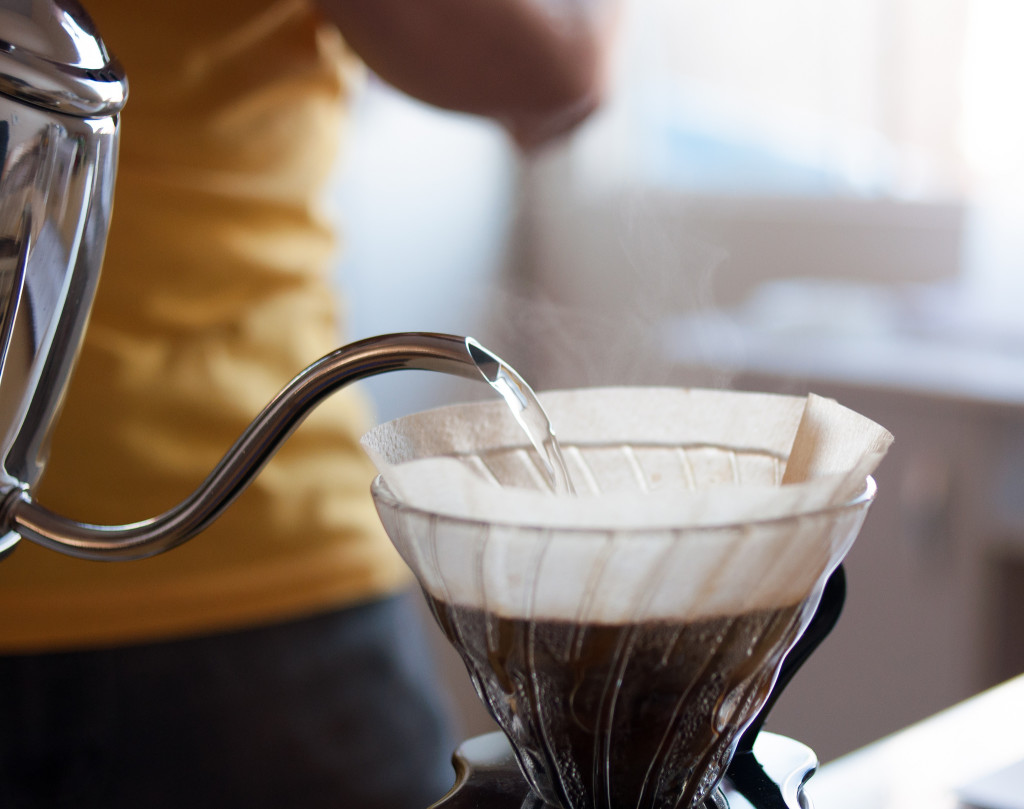
Photo courtesy of J.K. Chen on flickr.com
Pour over coffee is often regarded as simple: add some coffee grounds to a filter placed in a ceramic coffee dripper and pour water just off the boil little by little until you produce a cup of coffee. However, as you will see in this article by Blue Bottle, even pour over coffee requires some knowledge and training in order to achieve the perfect brew.
3. Chemex
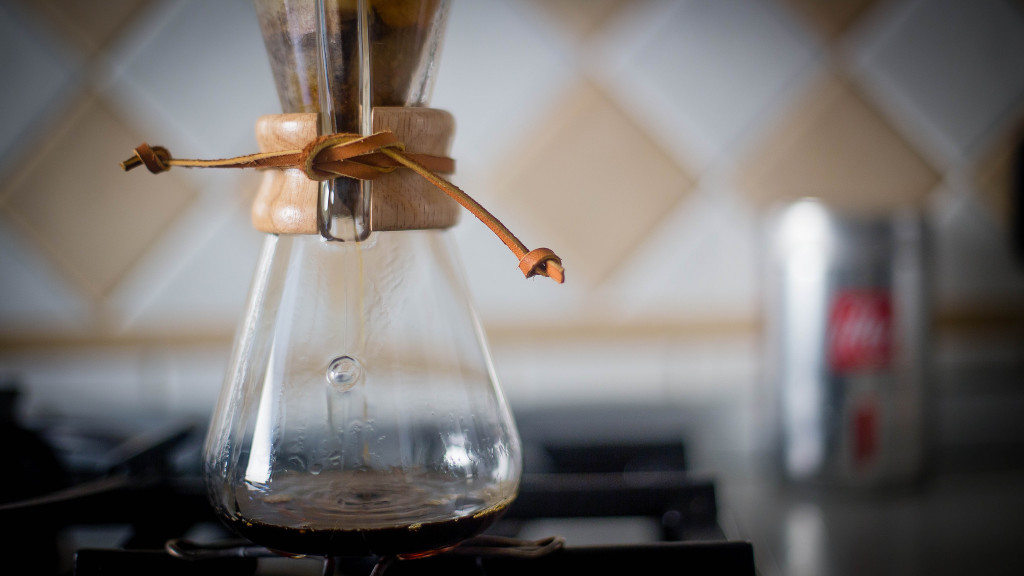
Photo courtesy of Nicola on flickr.com
The first Chemex coffee maker was invented in 1941 by Dr. Peter Schlumbohm PhD. The intention behind its design is to produce coffee in its purest form, without it absorbing any flavour from the container and filter in which the coffee is brewed in. The steps behind the actual brewing of coffee is similar to pour over coffee.
4. Siphon Coffee
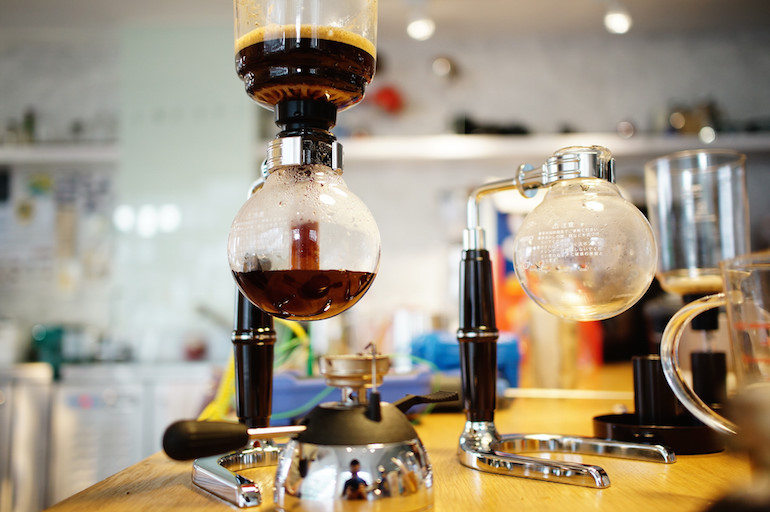
Photo courtesy of mojo coffee from flickr.com
Siphon coffee was first invented in the 1840s by a French housewife and a Scottish marine engineer. However, over the years, it has been popularized by the Japanese and now is often referred to as Tokyo-style coffee.
The concept is quite elegant: water in the bottom chamber is heated until the buildup in pressure causes water to move into the top container where the coffee is brewed. When the heat is turned off, the coffee is then filtered back into the bottom chamber and is ready to drink.
5. Turkish Coffee
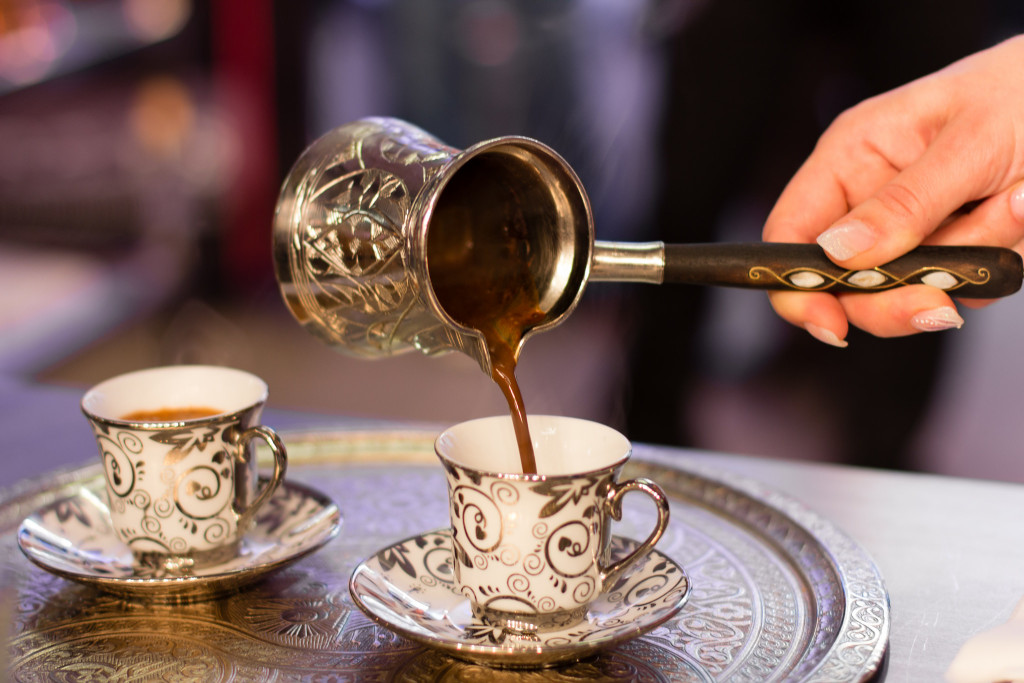
Photo courtesy of Rose PT from flickr.com
Turkish coffee is most popular in Arabic-speaking countries and is brewed in a pot called an ibrik. This form of coffee utilizes very finely ground coffee that is mixed with cold water in the ibrik and is heated until the coffee grounds swell and start to foam. Traditionally, Turkish coffee is served extremely sweet and is spiced with cardamom.
6. Aeropress
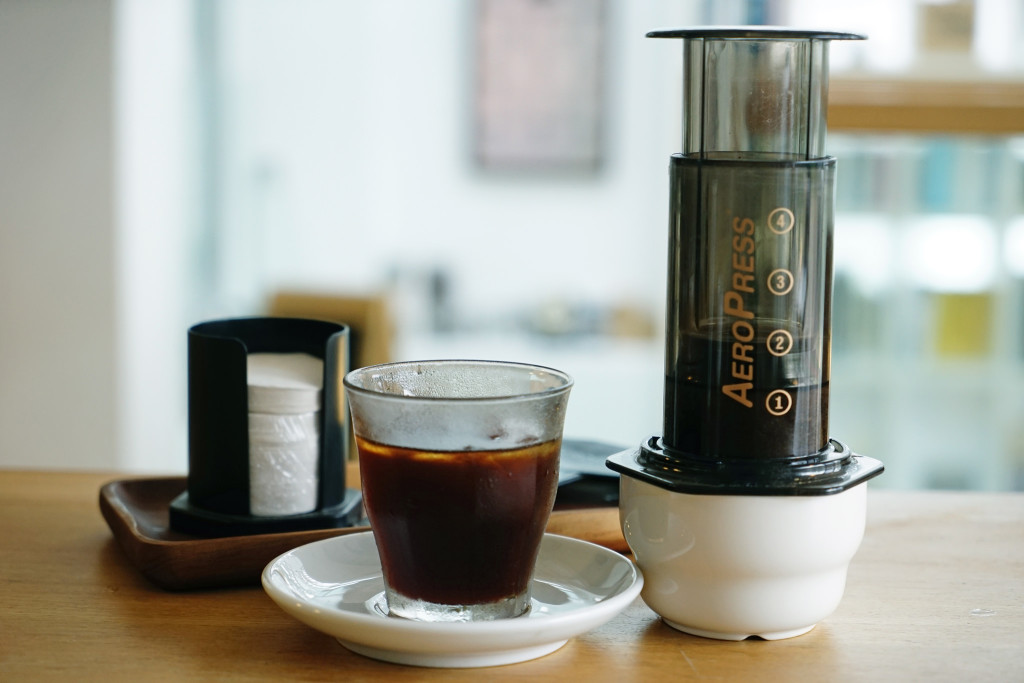
Photo courtesy of Mojo Coffee from flickr.com
Invented in 2005, the Aeropress is regarded as the perfect coffee maker for the coffee lover who also loves to travel. The product of an Aeropress is similar to espresso in strength, however it is not a true espresso as the aeropress cannot achieve the pressure in which espresso is produced under.
7. Moka Pot

Photo by Helena Lin
The Moka Pot is a traditional Italian stove top “espresso” maker. It is similar to the Aeropress in the sense that coffee is produced under some pressure. The result is somewhere between coffee and espresso. The Moka Pot is commonly known as an espresso maker, but again, the pressure is not high enough to produce the flavour and richness of true espresso.
8. Percolator
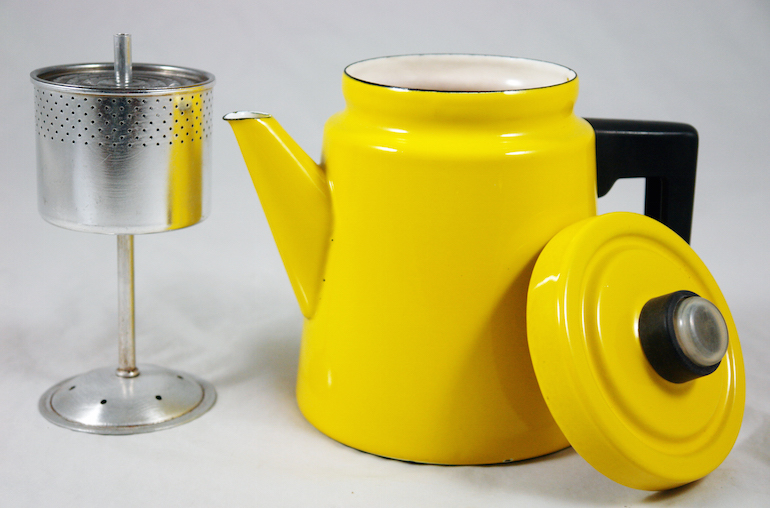
Photo courtesy of hisforhome.com
Percolators are mostly a thing of the past ever since automatic drip coffee makers hit the markets in the 1970s. The way percolators make coffee is by continually cycling water through coffee grounds located at the top of the pot until the desired strength coffee is produced.
This form of coffee brewer is generally no longer used as coffee connoisseurs argue that the continuous boiling and recycling of the water creates a bitter flavour in the coffee.
9. Cold Brew
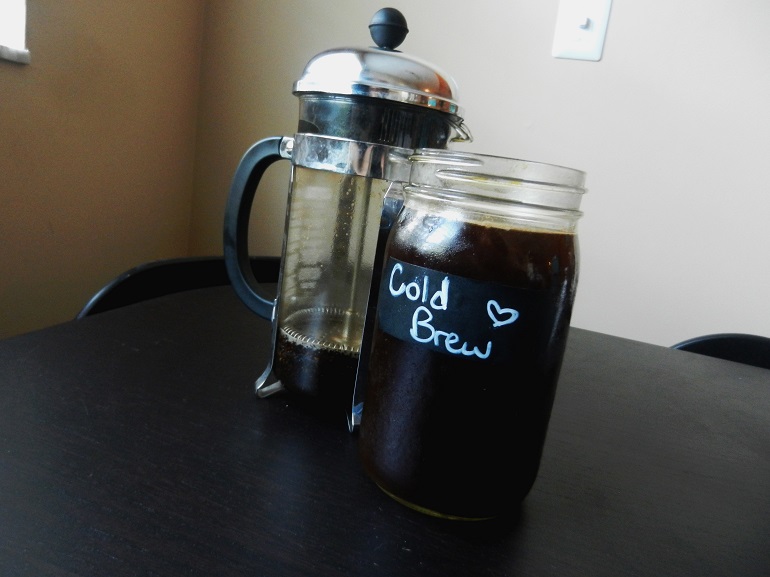
Photo by Morgan Nielsen
Many people believe that to make iced coffee, what you do is brew a pot of coffee and place it in the fridge. However, as the coffee cools, it often loses its aroma and delicate flavour. Cold brew coffee is simple to prepare and allows you to enjoy iced coffee on a hot summer day without compromising the taste of your drink.
10. Espresso
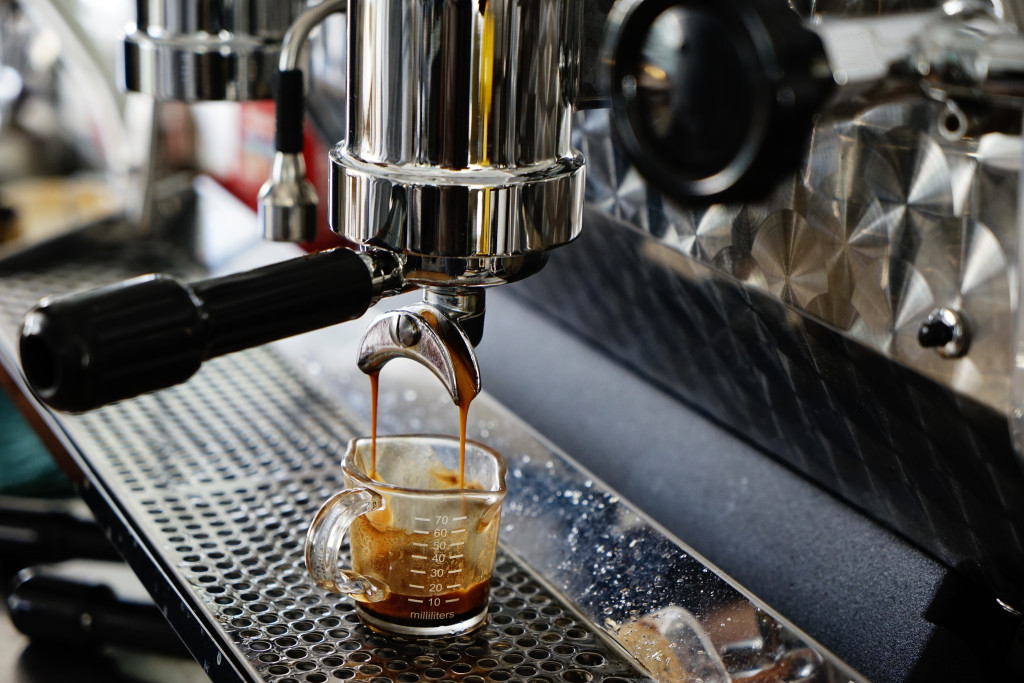
Photo courtesy of Mojo Coffee from flickr.com
Most people won’t be able to make proper espresso at home as it requires an expensive machine and a lot of knowledge and experience. Some of the most identifiable characteristics of espresso is its strong, rich flavour and beautiful crema on top that is formed from a proper length extraction. True espresso is brewed under at least 9 bars of pressure.
11. Phin Coffee Filter

Photo by Helena Lin
Although the history of the Phin coffee filter is unclear, it is known to be a Vietnamese invention. The filter itself is cheap and simple: it consists of a filter chamber, filter press, cup spanner, and lid. This coffee filter produces individual cups of coffee and is typically sweetened with condensed milk.
Here’s how to make Vietnamese iced coffee (or Cà phê sữa đá) the traditional way. Don’t have a Phin coffee filter? No problem, check out this hack for Vietnamese iced coffee.


